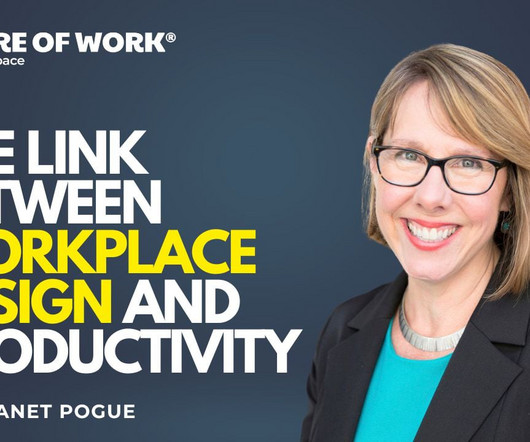Beyond Occupancy: New Metrics To Inform The Post-Pandemic Workplace
All Work
APRIL 15, 2022
The first step is to understand employee needs, profiles, tasks, and behaviors through a series of research methods including surveys, interviews and focus group sessions. Experiential design can be a critical tool to deepen connections, foster belonging, and bring brands to life—especially when it’s powered by data-informed decision making.





















Let's personalize your content